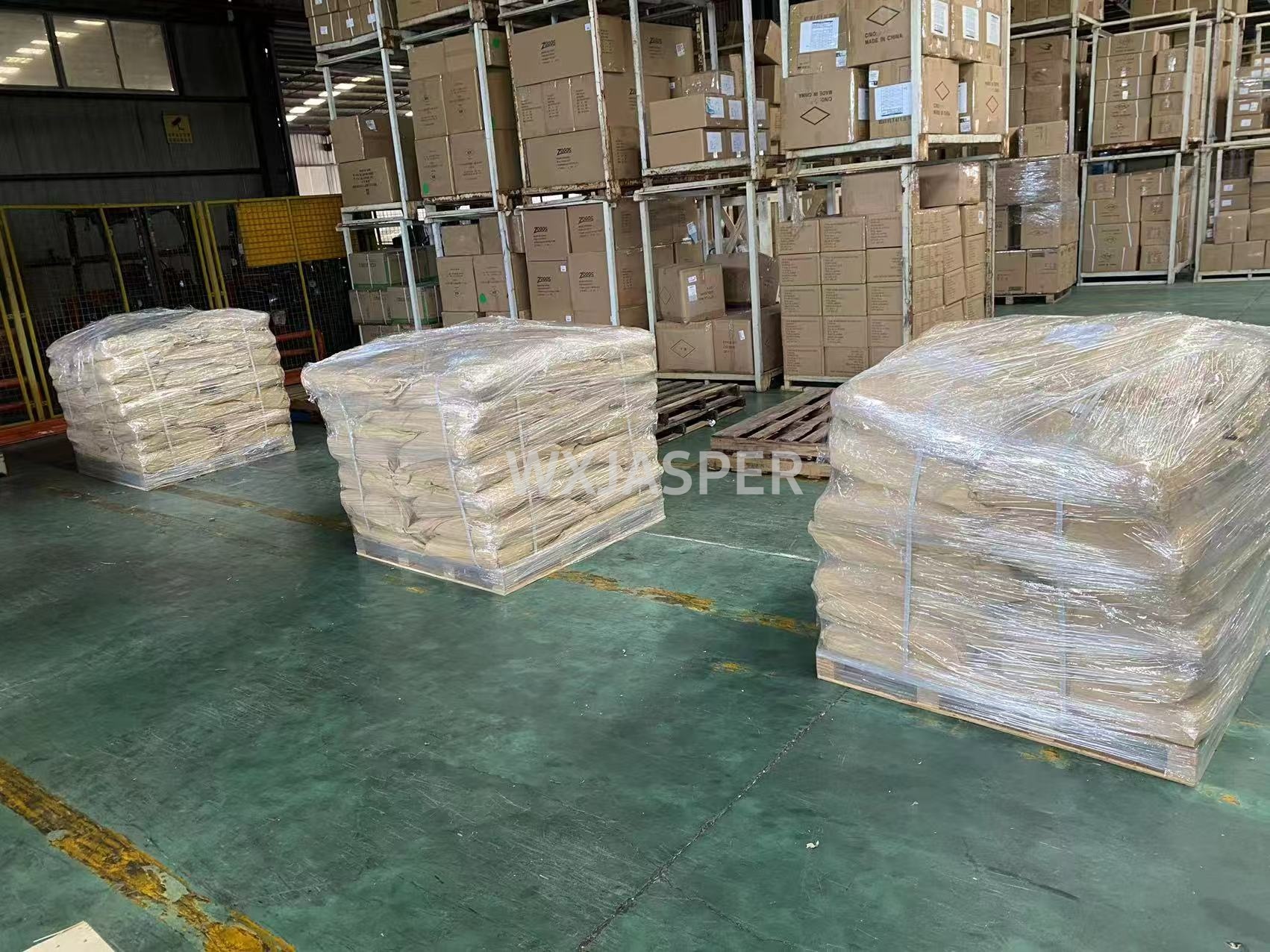Your Location:Home > Products > Solvents > Ethylene Diamine Tetraacetic Acid



CasNo: 60-00-4
MF: C10H16N2O8
Appearance: powder
Delivery Time: 15 days
Packing: 25kg/bag
Purity: 99%
|
Indicator |
Typical Values (Industrial Grade / Food Grade) |
Description |
|
Appearance |
White powder or crystalline powder |
Higher purity results in whiter color; low-purity products may be slightly pale yellow (no impact on chelating performance). |
|
Purity |
Industrial Grade: ≥99.0%; Food Grade: ≥99.5% |
High purity avoids interference from impurities (e.g., heavy metals, chloride ions) in formulations or processes. |
|
Melting Point |
240°C (decomposes) |
Decomposes gradually above 240°C, releasing carbon dioxide and amines—high-temperature storage should be avoided. |
|
Solubility (25°C) |
Water solubility: 0.5 g/L (very slightly soluble); easily soluble in alkaline solutions (e.g., NaOH, KOH) to form water-soluble salts |
Pure EDTA acid has poor water solubility; its sodium salts (e.g., EDTA-2Na, EDTA-4Na) are commonly used in practical applications to improve solubility. |
|
pH Value (1% aqueous solution, 25°C) |
2.5–3.5 (strongly acidic) |
Aqueous solutions are acidic due to H⁺ release from carboxyl ionization; pH can be adjusted to neutral or alkaline by reacting with bases. |
|
Chelating Capacity |
Chelation constants (logKf) for divalent metal ions (Ca²⁺, Mg²⁺, Fe²⁺): 8–11; for trivalent metal ions (Fe³⁺, Al³⁺): 14–25 |
Higher chelation constants indicate more stable binding with metal ions, suitable for scenarios like water softening or metal ion removal. |
|
Stability |
Stable at room temperature; avoid long-term contact with strong oxidizers or strong acids (e.g., concentrated nitric acid); aqueous solutions are stable at pH 2–11, with slow hydrolysis possible under extreme pH conditions |
Excellent stability in solid form (long shelf life); aqueous solutions should be prepared and used immediately to prevent microbial growth. |
|
Application Scenario |
Recommended Dosage |
Core Function |
|
Water Treatment (Boilers, Circulating Water) |
1–5 mg/L |
Chelates Ca²⁺ and Mg²⁺ to prevent scale; binds with Fe³⁺ to inhibit pipeline corrosion and extend equipment lifespan. |
|
Metal Cleaning/Electroplating |
0.5%–2% |
Acts as a cleaner component to remove oxide layers (e.g., rust) from metal surfaces; stabilizes metal ions in electroplating baths to improve coating quality. |
|
Textile Dyeing |
0.1%–0.5% |
Chelates Fe³⁺ and Cu²⁺ in water to avoid color stains or uneven dyeing caused by metal-dye binding, enhancing dyeing uniformity. |
|
Paper Industry |
0.2%–0.8% |
Prevents Mn²⁺-catalyzed fiber oxidation to improve paper whiteness; inhibits resin deposition to reduce paper defects. |